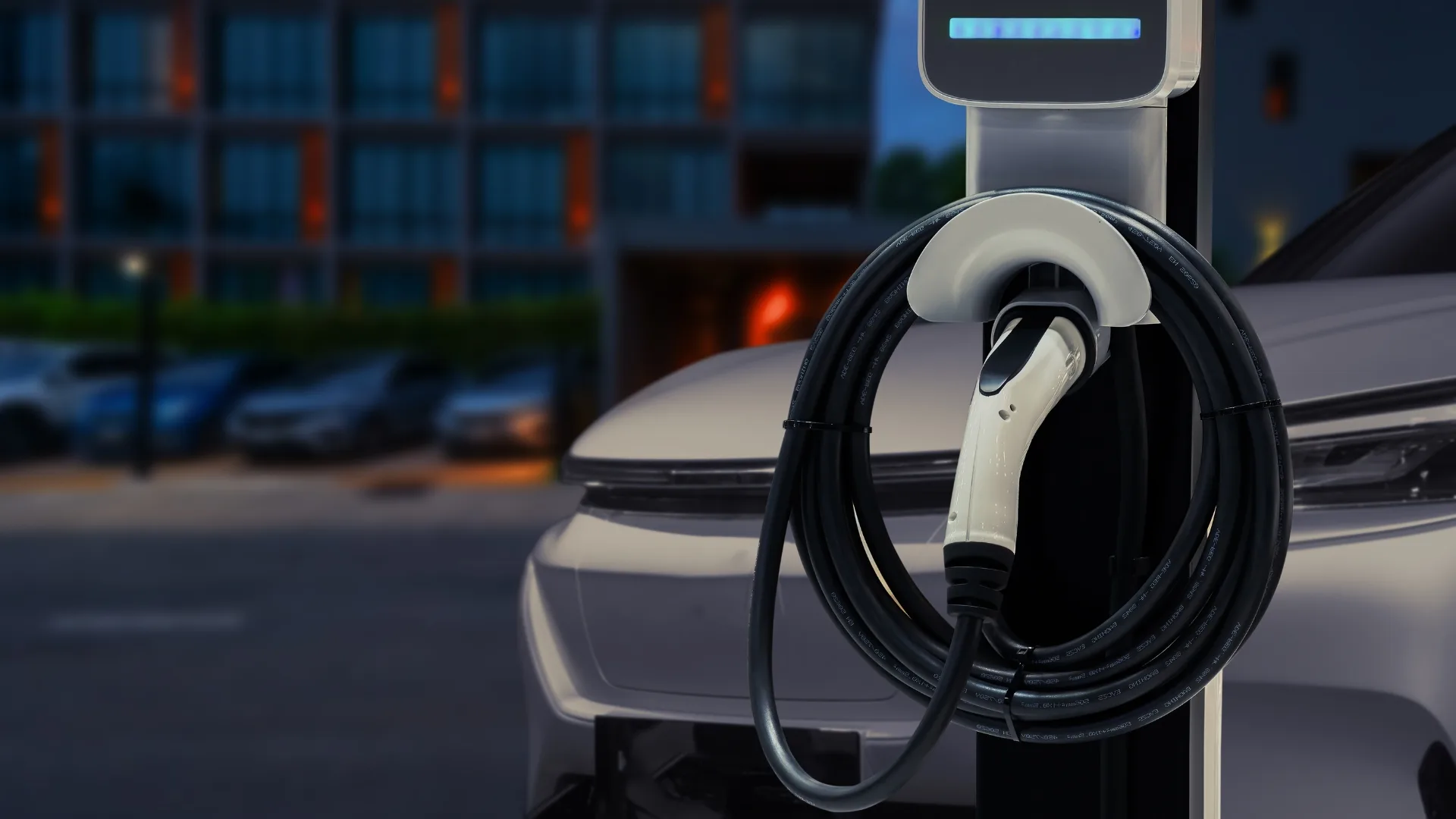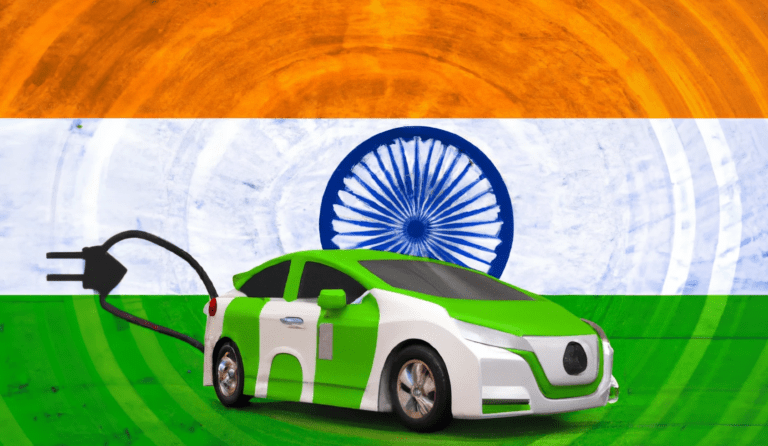Honeywell, a technology corporation located in the United States, has proposed solutions to solve safety problems in the electric vehicle (EV) market. They’ve created lithium-ion battery safety sensors that detect possible battery fires, safeguarding the safety of EV drivers. These developments are critical for sustainable mobility in a world where over 10 million EVs were sold globally last year.
Lithium-ion battery safety sensors from Honeywell prevent battery fires in electric vehicles. They detect thermal runaway threats in EV and scooter battery packs, alerting passengers and assisting manufacturers in meeting international safety regulations. Honeywell is developing sensors for early thermal runaway detection in EV and scooter batteries in collaboration with Nexceris, a producer of lithium-ion gas detection technologies. These developments address India’s high EV growth, which is predicted to be 49% every year from 2022 to 2030. Over half of the recent three-wheeler registrations in India were electric, and the electric two-wheeler market is estimated to reach $6.1 billion by 2030. By 2030, India’s EV sector might provide 10 million direct employment and 50 million indirect jobs. Honeywell India President Ashish Modi emphasizes the company’s role in advancing safety standards in the electric transportation revolution.
The lithium-ion battery safety sensors from Honeywell represent a significant advancement in EV safety. With last year’s worldwide EV market nearing 10 million units and India’s expanding EV sector, these sensors are critical for avoiding battery fires and safeguarding drivers and passengers. Honeywell’s collaboration with Nexceris to detect early thermal runaway signs demonstrates its dedication to safety standards. As the Indian EV market expands, the potential for 10 million direct jobs and 50 million related jobs by 2030 emphasizes the industry’s importance. Honeywell, a pioneer in EV and scooter battery safety, is well-positioned to contribute to the electric mobility revolution by providing new solutions and reinforcing safety standards in this quickly changing sector.








